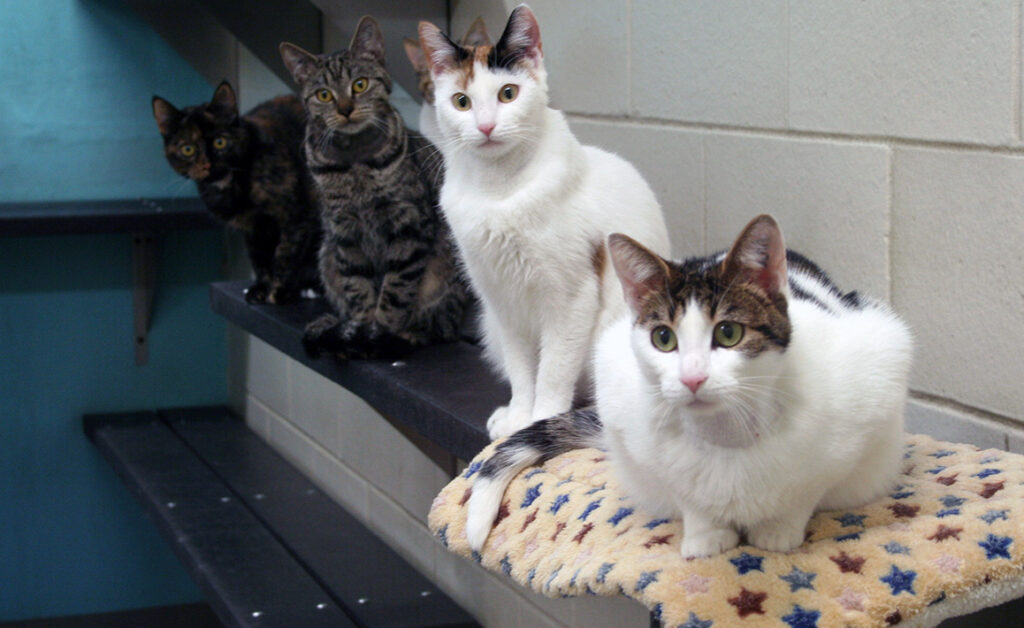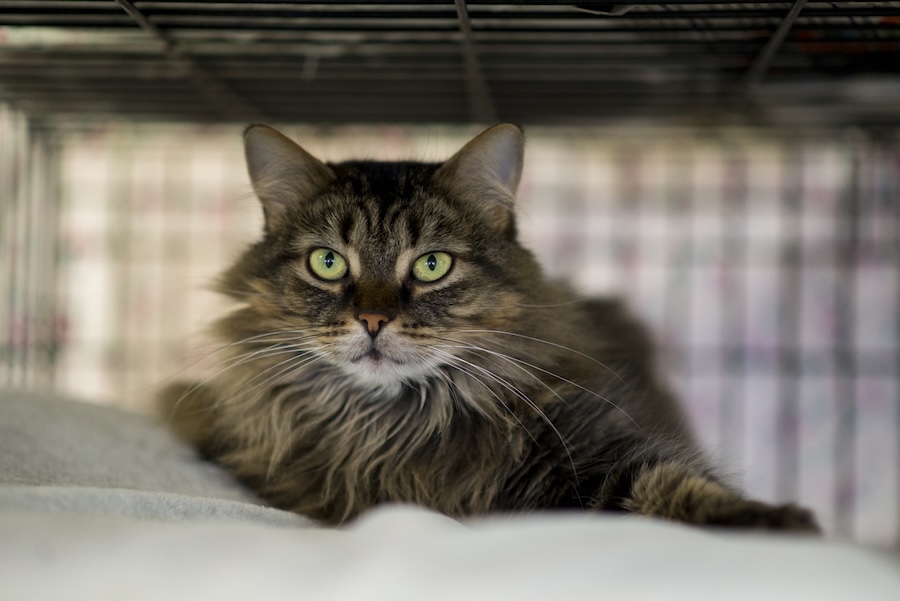For years, the only reliable way to prevent pregnancy in female cats was through surgery. But now, researchers have developed an injectable cat contraceptive. This method offers a safe, long-lasting alternative to traditional spaying and could be a game-changer in controlling the global population of feral cats.
How an injectable cat contraceptive works
The new contraceptive is based on gene therapy. Scientists used a harmless virus to introduce a gene that increases the production of anti-Müllerian hormone (AMH). This hormone is naturally present in cats, but at high levels, it prevents their ovaries from releasing eggs. Without ovulation, pregnancy cannot occur.
Researchers tested this method on nine female cats. Six received the gene therapy, while three were given a placebo. The cats were placed with fertile males for two separate mating trials. The cats who were given a placebo all became pregnant, but none of the treated cats did. The effect lasted for at least two years, and researchers believe it could potentially last a lifetime. They published their study in Nature Communications.
Benefits of an injectable cat contraceptive
This new method offers several advantages over traditional sterilization:
- No surgery needed — Reduces risks, costs, and recovery time.
- Long-lasting — Prevents pregnancy for years, possibly a lifetime.
- Safe and effective — No major side effects observed in the study.
- Preserves natural hormones — May have lifelong health benefits.

Feral cats are a global problem. They prey on birds and other wildlife and often live in poor conditions. Traditional sterilization programs require capturing cats, performing surgery, and then releasing them. This is expensive and time-consuming. An injectable cat contraceptive could make population control much easier by requiring only a single shot. It would reduce the number of unwanted kittens, lower euthanasia rates, and improve the overall welfare of cats.
Addressing concerns
Some people may worry about the safety of gene therapy. However, this method does not alter a cat’s DNA. Instead, it works by introducing a small, temporary piece of genetic material into muscle cells. These cells then produce high levels of AMH, preventing ovulation. Because muscle cells rarely die, the effect is long-lasting.
Unlike previous attempts to create a cat contraceptive, this method does not rely on the immune system. Past vaccines were ineffective because the body struggled to recognize reproductive hormones as a target. This new approach avoids that problem by using gene therapy to enhance a natural process.
Because this contraceptive method, unlike a traditional spay, preserves a cat’s estrogen production and leaves her uterus intact, the cats who receive it are potentially at risk for a life-threatening uterine infection called pyometra. However, the published study suggests that might not be the case. Researchers found no signs of pyometra or related complications in treated cats based on regular exams, ultrasounds, and bloodwork. Their analysis suggests that high levels of AMH may help protect against these issues by preventing spontaneous ovulation.
Could this method be useful for pet cats?
The Parsemus Foundation advocates for the health benefits of hormone-sparing sterilization methods, and hormone restoration for dogs that have already been spayed or neutered. It’s reasonable to assume that cats would similarly benefit from hormone-sparing sterilization methods, such as the injectable method described here.
A strong and growing body of evidence shows that dogs whose gonads (ovaries or testicles) are removed due to traditional spay/neuter procedures have increased risk of various health problems. That’s because the gonads produce hormones that help protect them against various types of cancers, joint disorders, obesity, incontinence, fear/aggression, and immune diseases like diabetes. But what about cats?
Unfortunately, very little relevant research has been done on cats. Furthermore, cats with natural sex hormones will exhibit behaviors that most people find difficult for a house pet. This includes yowling when seeking a mate, urine spraying, roaming to find a mate, and fighting with other cats (see more information here). That’s why this injectable contraceptive method may be more widely used to control feral cat populations than to sterilize pet cats.
What’s next?
More research is needed before this contraceptive can become widely available. Scientists are testing the best dosages and monitoring long-term effects. They are also exploring whether a similar method could work for dogs. If successful, this could revolutionize animal population control and reduce the number of stray and euthanized pets worldwide.
For now, this injectable cat contraceptive represents a promising step toward a future where surgery is no longer the only option. With continued research, it could become the standard method for controlling cat populations safely and effectively.
Read our web page on hormone-sparing sterilization for pets, and see our other news articles on the topic.



